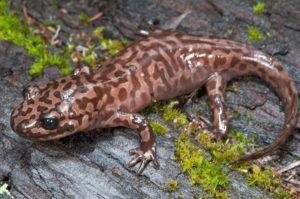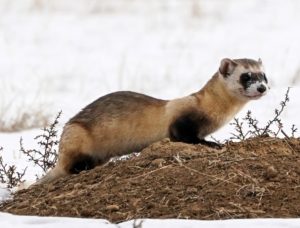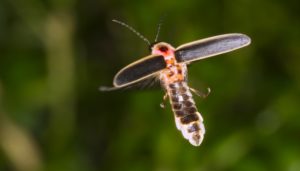Celebrating National Wildlife Week
National Wildlife Week is celebrated annually during the first week of April in order to highlight the special wildlife species that call the United States home. Below you’ll find a wide variety of stories, videos, and sketching tutorials I’ve created in honor of our nation’s wildlife. Enjoy!

SPOTLIGHTED SPECIES
Pacific Giant Salamander
Aptly named, this is one of the largest salamanders in the world, growing up to 13 inches long! They sport a beautiful, marbled pattern on their skin that cryptically camouflages them in the mountain streams and moist forests of the Pacific Northwest of the United States, such as near my home in Oregon’s Cascades.
As you can imagine, the large adults are formidable predators, devouring a wide range of prey like insects, mollusks, and crayfish while keeping a watchful eye out for their own predators which include weasels, otter, shrews, and garter snakes. Interestingly, when threatened the salamander creates an impressive defense strategy of tail lashing, biting, arching of the back, and even emitting a warning bark.
Like other amphibians, salamanders face many unnatural threats including habitat loss, logging, climate change, and water pollution.
Black-footed Ferret
Gila Monster
Whooping Crane
MORE STORIES ABOUT WILDLIFE
Below you’ll find a list of stories I’ve written to help educate the public about a variety of wildlife species from North America. Enjoy!
- Fireflies
- American Alligators
- Dragonflies
- Vultures
- Beavers
- Bats
- Warblers
- Dragonflies
- Butterflies and Moths
- Water Ouzels

LEARN ABOUT WILDLIFE THROUGH SKETCHING
As you may know, I’m a strong advocate for using drawing as a tool to deepen people’s understanding of wildlife. Once you’ve looked at an organism long enough to sketch it, you’ll have noticed things about its anatomy and behavior that you might not have appreciated before. This, I hope, will lead you to have greater empathy for the species, and be inspired to support its conservation in the wild.
Below you’ll find links to my tutorials that will lead you step-by-step through drawing a variety of flora and fauna. As I demonstrate how to draw each species, I’ll also share cool facts about their biology, ecology, and anatomy to help you understand them better. You can also find dozens of wildlife education and sketching workshops on my live-streaming page on Crowdcast.
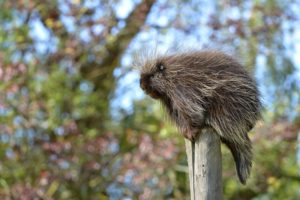
- How to Sketch Whale Sharks
- How to Sketch Wild Turkeys
- How to Sketch Squirrels
- How to Sketch Kingfishers
- How to Sketch Cicadas
- How to Sketch Gila Monsters
- How to Sketch Whooping Cranes
- How to Sketch the American Pika
- How to Sketch Butterflies
- How to Sketch Florida Manatees
- How to Sketch Sea Lions
- How to Sketch Humpback Whales
- How to Sketch Kestrels
- How to Sketch Robins
- How to Sketch Mushrooms
- How to Sketch Barn Owls
- How to Sketch Hummingbirds
- How to Sketch Reindeer
- How to Sketch Warblers
- How to Sketch Moths
- How to Sketch Tardigrades
- How to Sketch Sea Turtles
- How to Sketch a Bluebird
- How to Sketch Sharks
- How to Sketch a Woodpecker
- How to Sketch Newts
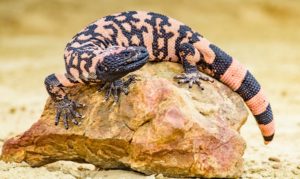
VIDEOS ON AMERICAN WILDLIFE
- Fascinating Firefly Facts
- Lightning Whelks
- American Alligators
- Black-headed Grosbeaks
- The American Dipper
LINKS TO ARTICLES ABOUT WILDLIFE
- National Wildlife Week on the National Wildlife Federation website
- Mass extinction isn’t an abstract idea for scientists who have watched species die. By Dr. Jonathan Kolby.
- Psychic Numbing: Keeping Hope Alive in a World of Extinctions. By Carl Safina.

Monarch Butterfly
Donations Help Support My Educational Work!
Click the Paypal ‘Donate’ button below to donate any amount you wish to help support my nature education programs. You do not need to have a Paypal account to donate, you may choose to use a debit or credit card if you wish. Thank you!


